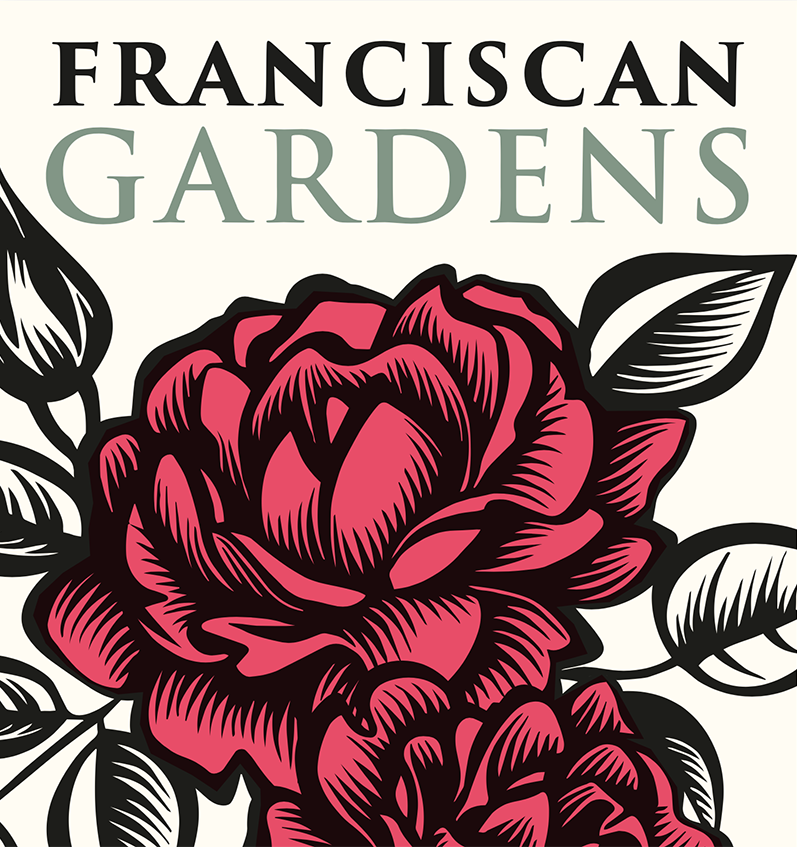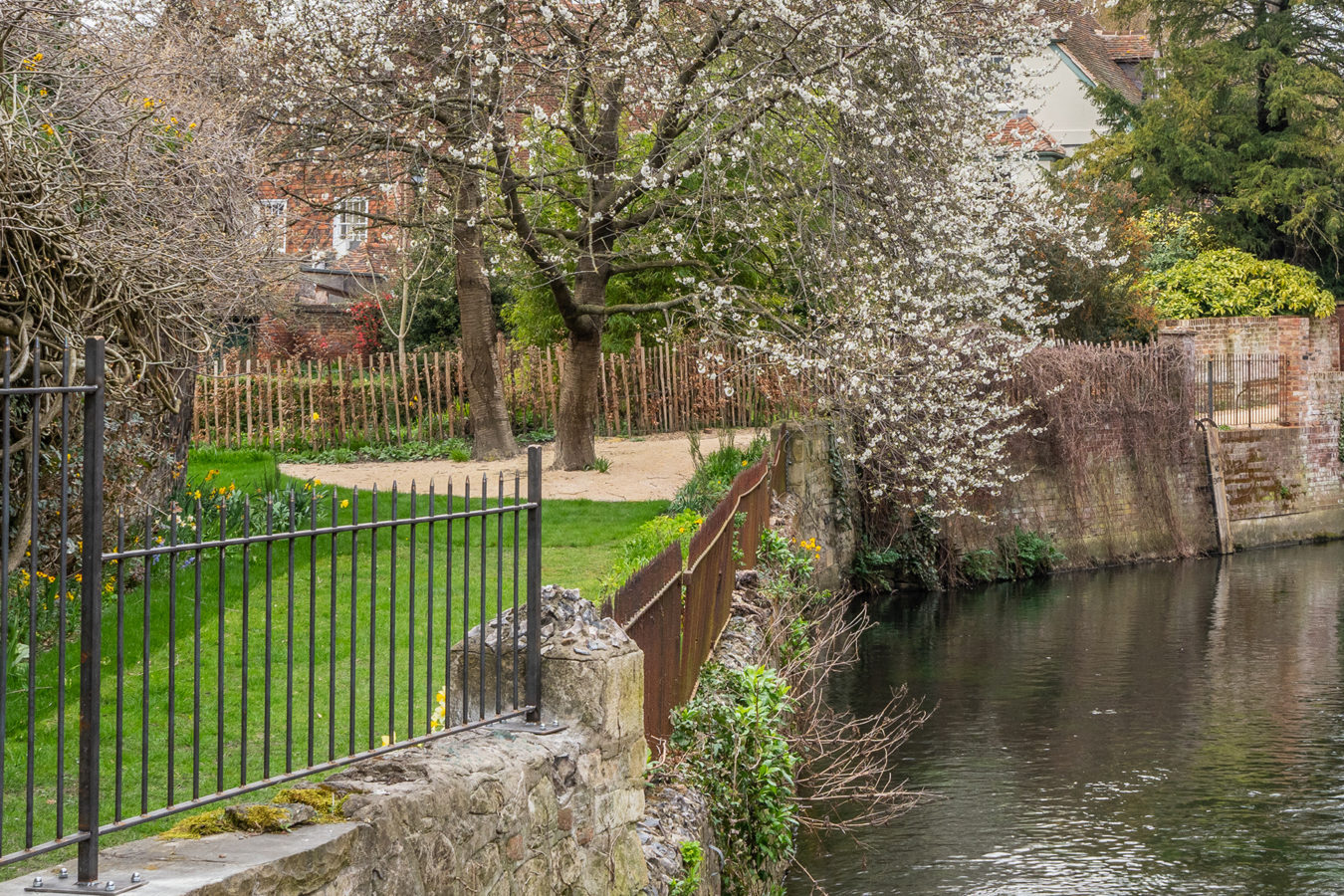This Week in The Garden... 9th July 2021
The forecast for heavy rain and high winds caused us a few headaches and one very wet day last week was spent staking plants which might be vulnerable to wind damage and tying in all the long growth on the roses. It was worth the drenching and the effort because all our tall stately salvia sclarea (clary sage), foeniculum vulgare (fennel), ammi majus (Bishop’s flower) and alcea rosea (hollyhocks) survived the unseasonally strong winds.
The regular rainfall this summer has done wonders for the Gardens, and whereas this time last year everything was parched and going to seed (there is only so much watering you can do by the medieval bucket-on-a-rope-in-the-river technique) at present the lawns look lush and green and all plants are strong and vigorous. A beautiful sight in some of our wetter days has been the alchemilla mollis (Lady’s mantle) along the Riverside Walk. This unassuming groundcover plant appears to be dressed with diamonds when its soft sage-green leaves glisten with sparkling raindrops and the fluffy lime green flowers spill over onto the grass path brightening even the dullest day.
The colder than usual start to summer has held back most by 3 – 4 weeks, so in the meadow the centaura nigra (common knapweed) and knautia arvensis (field scabious) are only just coming into flower. In a couple of weeks’ time the whole meadow will be a froth of chest-high purple, pink and white.
We have been deadheading all the repeat flowering rose varieties, to get another flush of blooms in a few weeks’ time. The majority of the older-style roses are once-flowering and on most of them we have left the flowers to fade to provide colourful rosehips later in the year. The lonicera periclymenum (honeysuckle) are fully in flower and their glorious scent fills the air as you brush past. Along with the origanum majorana (marjoram) which is also in flower they give a heady, spicy perfume on a warm day. Both are loved by bees and are smothered in various species all day long.
The Cutting Garden has given its first flush of flower and crops and we are now beginning to harvest and replace the spring and early summer plants with those that will crop or stand through the autumn and winter. The vicia fabia (broad beans) have given a bumper harvest. We have picked clean and cut back most, leaving the roots in the ground. As they decompose they will release nitrogen into the soil which will feed the leafy brassica seedlings we are planning to plant there next.
We have replaced the remaining phacelia tanacetifolia (Lacy phacelia) with young erysimum (wallflowers) and alcea rosea (hollyhock). These little plants have been raised from seed and will flower next year. By putting them out in a “nursery bed” like this they can establish a strong root system in the good soil of the cutting beds for the next few months before we carefully dig them up in late October to move them to their final growing and flowering positions around the garden.


The gardeners




